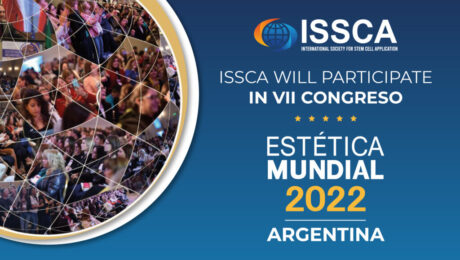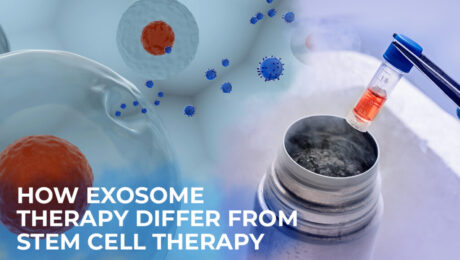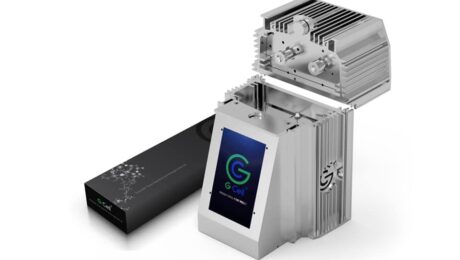The international society for stem cell association (ISSCA) will participate in CONGRESO ESTÉTICA MUNDIAL 2022. Córdoba , Argentina, on October 01 and 02. ISSCA has announced plans to participate as a sponsor in the Estetica Mundial congress. The organization has been promoting advances in regenerative medicine especially focused on the aesthetic field and will continue
Exosomes are potent microvesicles released by adult mesenchymal stem cells. They have the ability to help restore cells in the body by improving cell to cell communication. Exosomes are not cells, and they are smaller than cells. When compared to adult stem cells, exosomes have much more growth factors which give them a better clinical
Because of the complex nature of wound healing process, an injury on the skin can pose several challenges and are likely pose complications especially when they are acute. They can as well deteriorate from acute to chronic conditions which will require external intervention best understood by a specialist physician to get the area affected by





